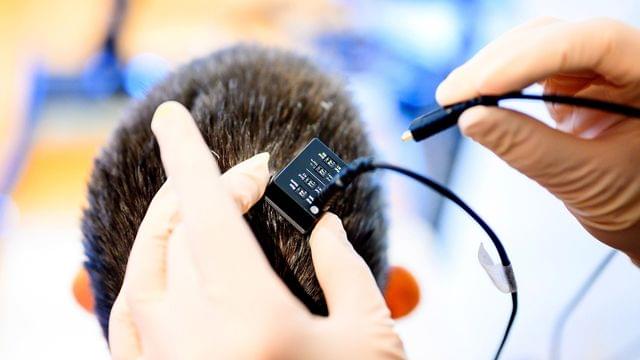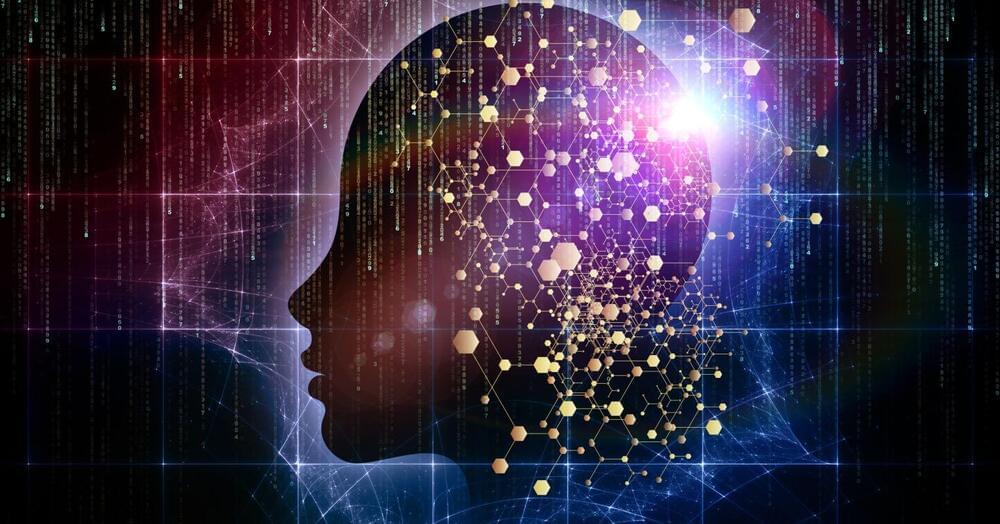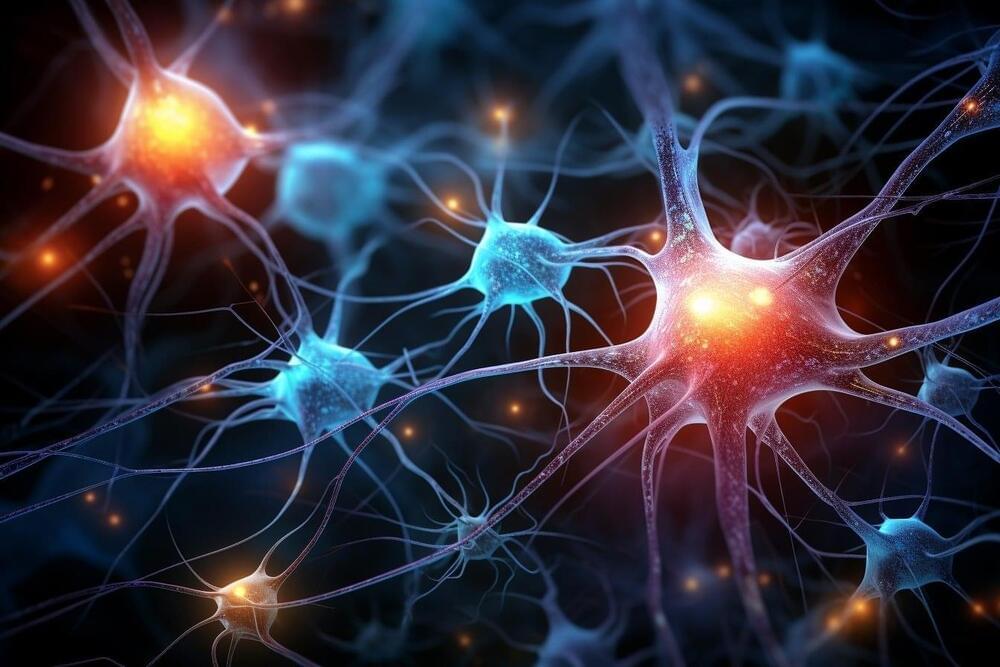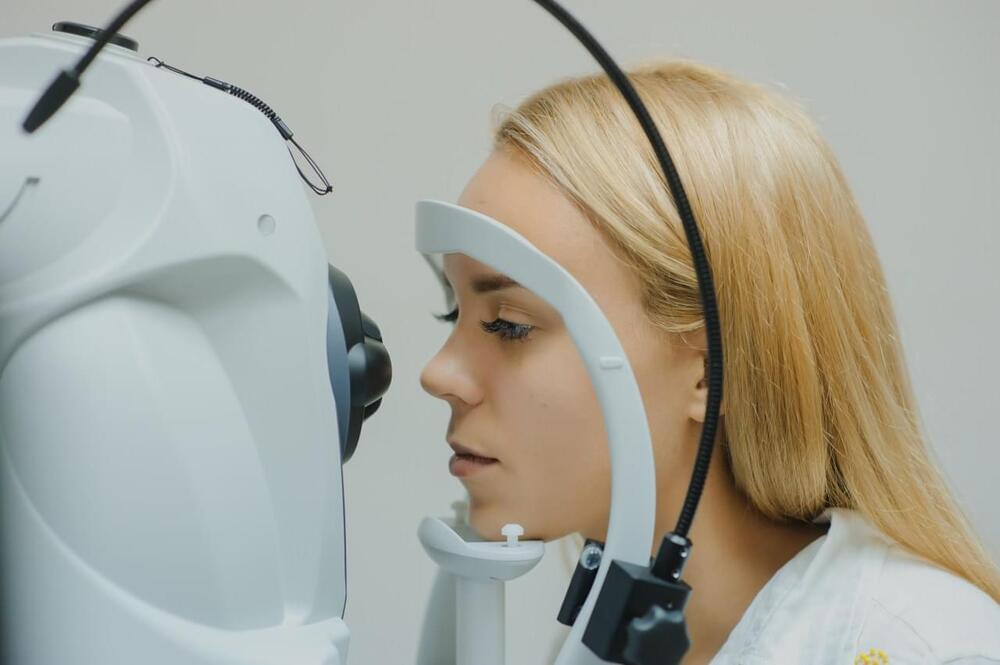Efforts to restore speech to people silenced by brain injuries and diseases have taken a significant step forward with the publication of two new papers in the journal Nature.



Vijay Balasubramanian University of Pennsylvania, SFI The human brain consists of a 100 billion neurons connected by a 100 trillion synapses. In its computa…

Step forward platelet factor 4 (PF4): this substance in the blood has been linked to the mental boost we get from exercise, the benefits of blood transfusions, and a protein associated with longevity, in three separate studies.
All three processes promote cognitive enhancement, meaning PF4 is something of a superpowered blood factor. The research was carried out by two teams from the University of California San Francisco (UCSF) in the US and the University of Queensland in Australia.
Platelets are cell fragments that play a critical role in the clotting process. Aside from serving as physical plugs that staunch bleeding, these small, non-nucleated chunks of bone marrow cell contain granules that release chemicals to promote aggregation.

Researchers at The University of Queensland have found an anti-aging function in a protein deep within human cells.
Associate Professor Steven Zuryn and Dr. Michael Dai at the Queensland Brain Institute have discovered that a protein called ATSF-1 controls a fine balance between the creation of new mitochondria and the repair of damaged mitochondria.

Summary: Researchers uncovered how distinct neuron types in the Drosophila fruit fly differentiate their functions despite originating from a similar genetic framework.
In the study, two closely related neuronal subtypes expressed more than 800 different genes (~5% of the fly genome) differently. This gene expression directly influenced the observable distinctions between the neuron types.
The findings help illuminate the brain’s intricate cell development and how disease could affect it.


(NewsNation) — Eye scans could be able to detect Parkinson’s disease several years before the presentation of other symptoms, according to a new study.
The findings, published in the journal Neurology, add to growing evidence that eye scans could help detect neurodegenerative diseases including Alzheimer’s and multiple sclerosis.
Researchers at University College Hospital and the Moorfields Eye Hospital used a type of 3D scan known as optical coherence tomography (OCT) which detected Parkinson’s disease markers an average of seven years before clinical symptoms.

Human Brain Project (HBP) researchers from Forschungszentrum Jülich and the University of Cologne (Germany) have uncovered how neuron densities are distributed across and within cortical areas in the mammalian brain. They have unveiled a fundamental organizational principle of cortical cytoarchitecture: the ubiquitous lognormal distribution of neuron densities.
Numbers of neurons and their spatial arrangement play a crucial role in shaping the brain’s structure and function. Yet, despite the wealth of available cytoarchitectonic data, the statistical distributions of neuron densities remain largely undescribed. The new HBP study, published in Cerebral Cortex, advances our understanding of the organization of mammalian brains.
The team based their investigations on nine publicly available datasets of seven species: mouse, marmoset, macaque, galago, owl monkey, baboon and human. After analyzing the cortical areas of each, they found that neuron densities within these areas follow a consistent pattern—a lognormal distribution. This suggests a fundamental organizational principle underlying the densities of neurons in the mammalian brain.
The strange science experiment that blew a worm’s head off… and blew our minds.
This interview is an episode from @The-Well, our publication about ideas that inspire a life well-lived, created with the @JohnTempletonFoundation.
Watch Michael Levin’s next interview ► https://youtu.be/XHMyKOpiYjk.
Michael Levin, a developmental biologist at Tufts University, challenges conventional notions of intelligence, arguing that it is inherently collective rather than individual.
Levin explains that we are collections of cells, with each cell possessing competencies developed from their evolution from unicellular organisms. This forms a multi-scale competency architecture, where each level, from cells to tissues to organs, is solving problems within their unique spaces.
Levin emphasizes that properly recognizing intelligence, which spans different scales of existence, is vital for understanding life’s complexities. And this perspective suggests a radical shift in understanding ourselves and the world around us, acknowledging the cognitive abilities present at every level of our existence.